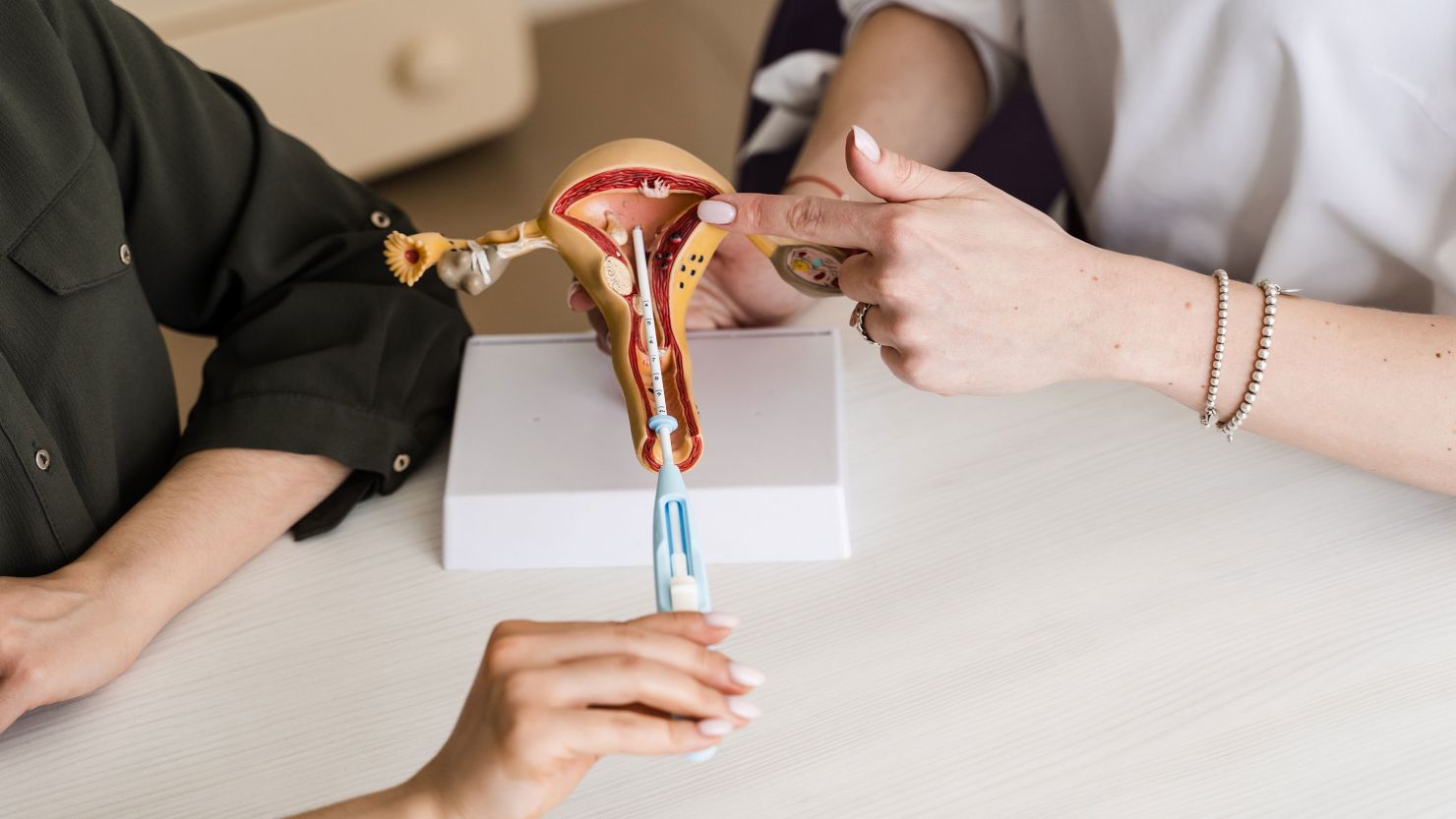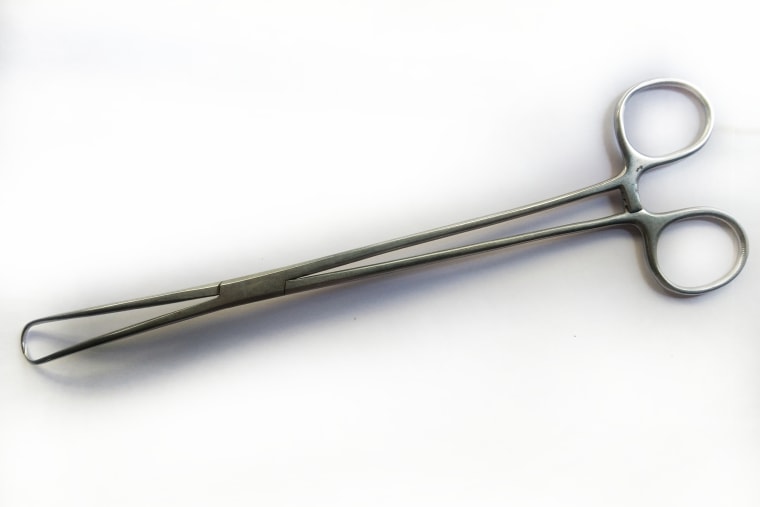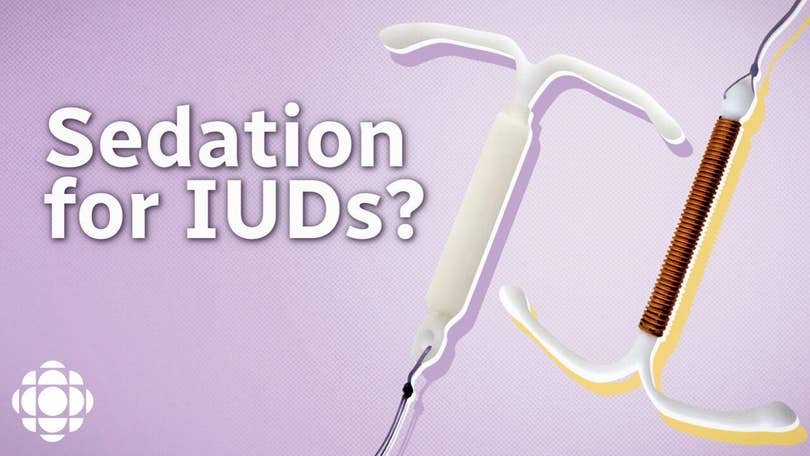While the amended guidelines allow clinicians to use lidocaine in more situations, the numbing medication is not effective in relieving the discomfort associated with IUD installation.
Although the updated recommendations are a positive move, medical professionals believe they don’t address all of the causes of discomfort during IUD installation. The Centers for Disease Control and Prevention recently released new guidelines on managing pain during the operation.

In the US, intrauterine devices, or IUDs, are becoming a more and more common method of long-term birth control.
An IUD is a tiny, T-shaped device that is inserted into the uterus, and the procedure can hurt. The popularity of TikTok has increased along with the number of videos individuals have been posting there, sharing their stories of receiving an IUD, including cramping, bleeding, passing out, and occasionally even filming in the exam room.
One new suggestion in the CDC’s updated guidelines, which was released earlier this month, is that patients should get pain management counseling prior to the treatment.
According to Dr. Deborah Bartz, an OB-GYN at Brigham and Women’s Hospital in Boston, the difficulty for physicians is assisting patients who desire an IUD in managing the discomfort because these devices are more than 99% successful at preventing conception.
“We’re trying to be much more cognizant of the pain that patients feel during procedures because many of us have realized that historically, women’s pain has not been adequately addressed,” Bartz said.
For the first time since 2016, more alternatives for pain treatment are included in the new recommendations. In order to numb the region and lessen pain, the agency suggested that year getting an injection of lidocaine into the cervix. The most recent update added topical lidocaine in the form of sprays or gels.
But this only addresses a portion of the discomfort experienced during an IUD surgery.
What might ease the discomfort of IUD insertions?

The procedure for inserting an IUD starts with a pelvic exam. Then, the medical professional uses a speculum—the same instrument used for pap smears—to enter the cervix. Next, the cervix is held in place with a device known as a tenaculum while the healthcare expert gauges the uterus’ depth and inserts the IUD.
In most cases, the insertion procedure takes less than three minutes.
Pain during the treatment varies depending on the individual, however medical professionals report that measuring the uterus’s depth and inserting the IUD frequently results in a severe cramp.
While the uterus is being measured and the IUD is being implanted, the tenaculum—a medieval-looking instrument with two hooked ends—is the center of much attention and attention-grabbing solutions. It holds the nerve-heavy cervix in place.
Although it’s normally not the most painful phase of the treatment, Bartz said that this stage can be uncomfortable.
The Carevix is a novel instrument designed by the Swiss medical device company Aspivix with the goal of replacing the tenaculum with minimal discomfort. It was approved by the Food and Drug Administration at the beginning of 2023 and grasps the cervix using a suction technique rather than a pincer-like forceps.
The Carevix may help certain patients have less pain and bleeding, according to data from a study the business sponsored in Switzerland. A second clinical trial performed by Indiana University doctors is presently under place in the United States.
Ikram Guerd, the company’s U.S. managing director, stated that Aspivix already has a warehouse and production plan ready for a commercial launch by the end of 2024. To “soft-launch” its product, it now has partnerships with roughly a dozen clinics, the majority of which are university and private institutions.
An OB-GYN at Duke Health in Durham, North Carolina, Dr. Beverly Gray said she’s willing to try any new gadget as long as it works just as well as the ones we have right now. However, she issued a warning: there is currently no treatment that can make all patients pain-free.
There are limitations to even lidocaine, which is advised in the CDC recommendations to relieve pain.
“The anesthetic or numbing drug is not a magic cure,” Gray stated. “It doesn’t assist everyone’s pain experience in the same way.”
According to Bartz, local anesthetics are mostly effective in treating pain associated to the tenaculum; she also mentioned that lidocaine injections might be uncomfortable. There is conflicting evidence about whether the placement of lidocaine needles or gels relieves cramping.
Physicians claim they have a small toolkit at their disposal.
As of right now, the CDC’s recommendations do not involve conscious sedation or nonsteroidal anti-inflammatory medicines like ibuprofen as a means of treating placement cramps.
Gynecologist Dr. Susan Reed of UW Medicine in Seattle stated, “The standard for me is to recommend ibuprofen, which was not discussed in the CDC guidelines, 600 or 800 milligrams — sort of a whopping dose at least a half hour prior to the procedure is most apt to help with cramping.”
When physicians do advise taking ibuprofen prior to the surgery, some women can feel that their worries aren’t being considered carefully.
Due of the discomfort, 37-year-old Alessa Rodriguez postponed receiving an IUD for three years. She noted that finding a gynecologist who was prepared to address her concerns and support her choice was a necessary step in the process.

“I recall having a lengthy piece of paper with nothing but questions on it, trying to figure out exactly what kind of pain I was experiencing.” Rodriguez remarked, residing in New York City. “I know everyone’s situation is unique, but I didn’t want someone to just tell me to take an ibuprofen.”
There may be fewer alternatives for managing pain in underprivileged places when access to contraceptive care is limited.
According to Dr. Kerry Caputo, a complicated family planning resident at Northwestern University’s Feinberg School of Medicine, “higher resourced settings are definitely more equipped.”
“Not enough good options”
The current evidence, which frequently does not address contraceptive discomfort, is what the CDC guidelines are based on.
For Reed, that is the “million-dollar question.” “Are we conducting enough studies on women’s health in general? The response is unquestionably no.
The process of updating the recommendations takes several years. The CDC’s Division of Reproductive Health’s medical officer, Dr. Antoinette Nguyen, stated that the team continuously reviews new information before deciding what is important enough to make a recommendation.
Gynecologists feel like they’re missing a piece of the jigsaw due to a dearth of research, according to Dr. Aaron Lazorwitz, a professor at the Yale School of Medicine and expert in complicated family planning.
The dearth of excellent solutions in our field has been really irritating, according to Lazorwitz. “The tools we have now are just insufficient, so we’re looking for new ones that we can use.”
Considering pain management carefully
Having a personalized discourse is important since pain during gynecological operations might overlap with experiences of trauma, prejudice, and anxiety, according to medical professionals.
It was depressing and upsetting to hear from so many ladies that they weren’t receiving important information even before entering the room, Rodriguez said. After months of experiencing negative effects, she ultimately decided to have an IUD, calling it the finest decision she had ever made.
The new CDC recommendations, according to Nguyen, reflect this broader understanding of pain; nonetheless, she noted that there are few clinical studies and that they cannot represent all experiences.
Senior attorney Madeline Morcelle of the nonprofit National Health Law Program, which advocates for civil rights and legal issues, stated that the health care system is rife with discrimination and “coercive practices” related to pain treatment. She is unsurprised by the public’s anger over doctors dismissing IUD discomfort, particularly in vulnerable communities.
Counseling is a non-negotiable, according to Morcelle, even if doctors have few resources.
Although the CDC’s recommendations are not legally obligatory, Morcelle stated that continuing to refuse pain counseling might be against the Affordable Care Act’s anti-discrimination provisions, particularly if doctors give out pain medication just to certain patients based only on their identification.
“I believe there is a case to be made that not offering patients access to an evidence-based pain management option as recommended by the CDC guidelines, which were just released last week, or not offering them advice regarding pain management options for IUD insertion, could be considered a form of prohibited sex discrimination,” Morcelle stated.
Lazorwitz stated that younger gynecologists are trained to treat pain seriously, but this comes only after centuries of medical illiteracy. He advised finding a new doctor if one brushes off complaints about discomfort.
In their offices, many clinicians already routinely offer pain therapy. Well-trained physicians should naturally be able to provide counseling, according to Dr. Aparna Sridhar, an OB-GYN at UCLA Health in Los Angeles.
According to Sridhar, “I think having the CDC’s recommendation makes it more of a validation of good practice.” But any doctor should only consider whether to provide pain medication if a technique is known to cause discomfort since this is a question of common sense, logic, and compassion.





